Home>Gardening & Outdoor>Pool & Spa Care>How Cold Is Too Cold For Hot Tub
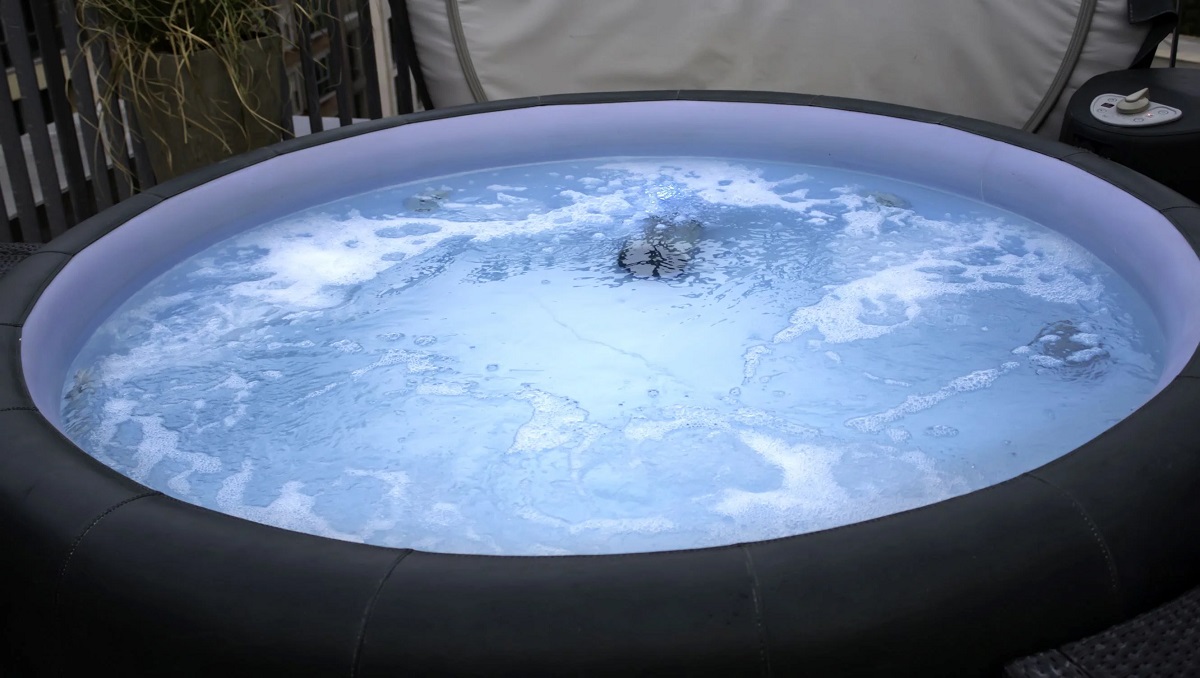

Pool & Spa Care
How Cold Is Too Cold For Hot Tub
Modified: April 22, 2024
Learn the ideal hot tub temperature for ultimate relaxation and safety. Get expert tips for pool and spa care in cold weather.
(Many of the links in this article redirect to a specific reviewed product. Your purchase of these products through affiliate links helps to generate commission for Storables.com, at no extra cost. Learn more)
**
Introduction
**
Hey there, hot tub enthusiasts! If you're someone who loves to unwind in the warm embrace of a hot tub, you probably understand the sheer bliss of soaking in its soothing waters. However, have you ever wondered if there's a temperature threshold that could make your hot tub experience less than enjoyable? In this article, we'll delve into the topic of "How Cold Is Too Cold for a Hot Tub" to help you understand the ideal temperature for your hot tub, the risks of using it in chilly conditions, and how to safeguard it during the colder months.
So, grab a cozy blanket, fix yourself a cup of hot cocoa, and let's explore the fascinating world of hot tub care in cold weather. Whether you're a seasoned hot tub owner or considering investing in one, this article will equip you with essential knowledge to ensure a delightful hot tub experience all year round. Let's dive in!
As the temperature drops, many hot tub owners wonder if it’s still safe and enjoyable to use their hot tubs. Let’s explore the ideal hot tub temperature, the risks of using a hot tub in cold weather, and how to protect your hot tub during chilly spells. Whether you’re a seasoned hot tub owner or considering investing in one, this article will provide valuable insights to help you make the most of your hot tub in any season.
Key Takeaways:
- Ideal hot tub temperature ranges from 100-102°F, offering relaxation and therapeutic benefits. Consider individual health conditions when setting the temperature for a safe and enjoyable experience.
- Using a hot tub in very cold weather poses risks like hypothermia and freezing hazards. Protect your hot tub with insulation, plumbing safeguards, and regular maintenance to ensure a welcoming retreat.
Read more: How Cold Is Too Cold To Use On A Hot Tub
Ideal Hot Tub Temperature
So, what’s the ideal temperature for your hot tub? Well, the magic number typically falls between 100 and 102 degrees Fahrenheit (37.8 to 38.9 degrees Celsius). This temperature range is widely regarded as the sweet spot for a relaxing and therapeutic hot tub experience. However, personal preferences vary, and some individuals may find temperatures up to 104 degrees Fahrenheit (40 degrees Celsius) enjoyable, especially during colder weather.
It’s important to note that the ideal hot tub temperature also depends on individual health conditions and sensitivities. For instance, pregnant women, individuals with cardiovascular issues, and those with certain medical conditions should consult with a healthcare professional before using a hot tub, especially at higher temperatures.
Why is maintaining the right temperature crucial? Well, apart from ensuring your comfort, the ideal hot tub temperature plays a key role in maximizing the therapeutic benefits of hydrotherapy. The warm water helps to relax muscles, alleviate tension, and promote overall well-being. Moreover, it creates a cozy oasis where you can escape the chill and embrace relaxation.
Now, let’s talk about the impact of external temperatures on your hot tub experience. When the mercury plummets, it’s natural to crave the warmth of your hot tub. However, using your hot tub in very cold weather can pose certain risks. Let’s explore the potential downsides of using a hot tub in chilly conditions.
Risks of Using a Hot Tub in Cold Temperatures
While the allure of soaking in a hot tub amid cold weather is undeniable, it’s important to be aware of the potential risks associated with using your hot tub in chilly conditions. Here are some key considerations to keep in mind:
- Hypothermia Risk: When the ambient temperature is significantly lower than the hot tub water temperature, there’s a risk of hypothermia, especially when you exit the hot tub. Prolonged exposure to cold air after being in hot water can cause the body’s core temperature to drop rapidly, leading to hypothermia. This risk is heightened in extremely cold climates.
- Freezing Hazard: In regions where temperatures plummet below freezing, there’s a risk of the hot tub water freezing, which can damage the plumbing and components. This is a critical concern that hot tub owners in cold climates must address to prevent costly repairs.
- Skin Sensitivity: Exposing your skin to very cold air after soaking in a hot tub can cause discomfort and may even lead to skin issues, especially if the air is dry. It’s essential to protect your skin from rapid temperature changes by covering up and moisturizing after using the hot tub in cold weather.
- Respiratory Discomfort: In extremely cold weather, breathing in frigid air after being in the warm water of a hot tub can cause respiratory discomfort for some individuals. This is particularly relevant for those with pre-existing respiratory conditions.
Understanding these risks underscores the importance of taking precautions and practicing hot tub safety, especially during cold spells. By being mindful of these factors, you can enjoy your hot tub while minimizing potential hazards. Now, let’s explore how you can protect your hot tub and optimize its performance during cold weather.
It is generally recommended to keep your hot tub temperature between 100-104°F. Going below 100°F can be too cold for most people to enjoy comfortably, and may not provide the therapeutic benefits of a hot tub.
How to Protect Your Hot Tub in Cold Weather
As the temperature drops, it’s crucial to take proactive measures to safeguard your hot tub and ensure that it continues to provide a safe and enjoyable experience. Here are some essential tips for protecting your hot tub in cold weather:
- Monitor Water Temperature: Regularly check the hot tub’s water temperature to ensure it remains within the recommended range. In colder weather, you may need to adjust the thermostat to maintain the ideal temperature, especially if the hot tub is located outdoors.
- Insulation and Covers: Proper insulation is vital for retaining heat and preventing the hot tub from freezing. Ensure that the hot tub cover is in good condition and fits snugly to minimize heat loss. Additionally, consider using a thermal blanket or floating cover to provide an extra layer of insulation.
- Plumbing Protection: If you live in an area prone to freezing temperatures, take precautions to prevent the hot tub’s plumbing from freezing. This may involve using specially designed pipe insulation or heat tape to protect vulnerable components. Additionally, consider running the hot tub’s circulation pump periodically to prevent water from stagnating and freezing in the plumbing lines.
- Winterizing the Hot Tub: In regions with extreme cold, winterizing your hot tub may be necessary to protect it from potential damage. This process typically involves draining the water, clearing the plumbing lines, and taking steps to safeguard the hot tub’s components from freezing temperatures. If you’re unsure about winterizing your hot tub, consider consulting a professional for guidance.
- Regular Maintenance: Stay on top of hot tub maintenance tasks, such as cleaning the filters, checking for leaks, and ensuring that the water chemistry is balanced. Proper maintenance is essential for preserving the hot tub’s functionality, especially during periods of inclement weather.
- Wind Protection: If your hot tub is exposed to strong winds, consider installing windbreaks or barriers to shield it from chilling gusts. This can help maintain a comfortable environment around the hot tub and reduce heat loss due to wind chill.
By implementing these protective measures, you can safeguard your hot tub from the challenges posed by cold weather and prolong its longevity. Now, let’s wrap up our exploration of hot tub care in cold temperatures.
Conclusion
As we conclude our discussion on the topic of "How Cold Is Too Cold for a Hot Tub," it’s evident that maintaining the ideal hot tub temperature and protecting it during cold weather are essential for a safe and enjoyable experience. By understanding the risks associated with using a hot tub in chilly conditions and taking proactive measures to safeguard it, you can make the most of your hot tub year-round.
Remember, the ideal hot tub temperature typically ranges between 100 and 102 degrees Fahrenheit (37.8 to 38.9 degrees Celsius), offering a perfect balance of comfort and therapeutic benefits. However, individual preferences and health considerations should also be taken into account when setting the hot tub temperature.
When using your hot tub in cold weather, be mindful of the potential risks, such as hypothermia, freezing hazards, skin sensitivity, and respiratory discomfort. By addressing these concerns and implementing protective measures, such as insulation, plumbing safeguards, and regular maintenance, you can ensure that your hot tub remains a welcoming retreat, even when the temperature drops.
Whether you’re unwinding in the warm waters of your hot tub on a crisp winter evening or seeking relaxation during a chilly spell, prioritizing hot tub care and safety is paramount. By embracing these practices, you can savor the rejuvenating benefits of your hot tub while minimizing the impact of cold weather.
So, as you embark on your hot tub adventures, may your experiences be filled with warmth, relaxation, and a touch of well-deserved indulgence. Here’s to enjoying the soothing embrace of your hot tub, no matter how cold the weather may be!
Frequently Asked Questions about How Cold Is Too Cold For Hot Tub
Was this page helpful?
At Storables.com, we guarantee accurate and reliable information. Our content, validated by Expert Board Contributors, is crafted following stringent Editorial Policies. We're committed to providing you with well-researched, expert-backed insights for all your informational needs.

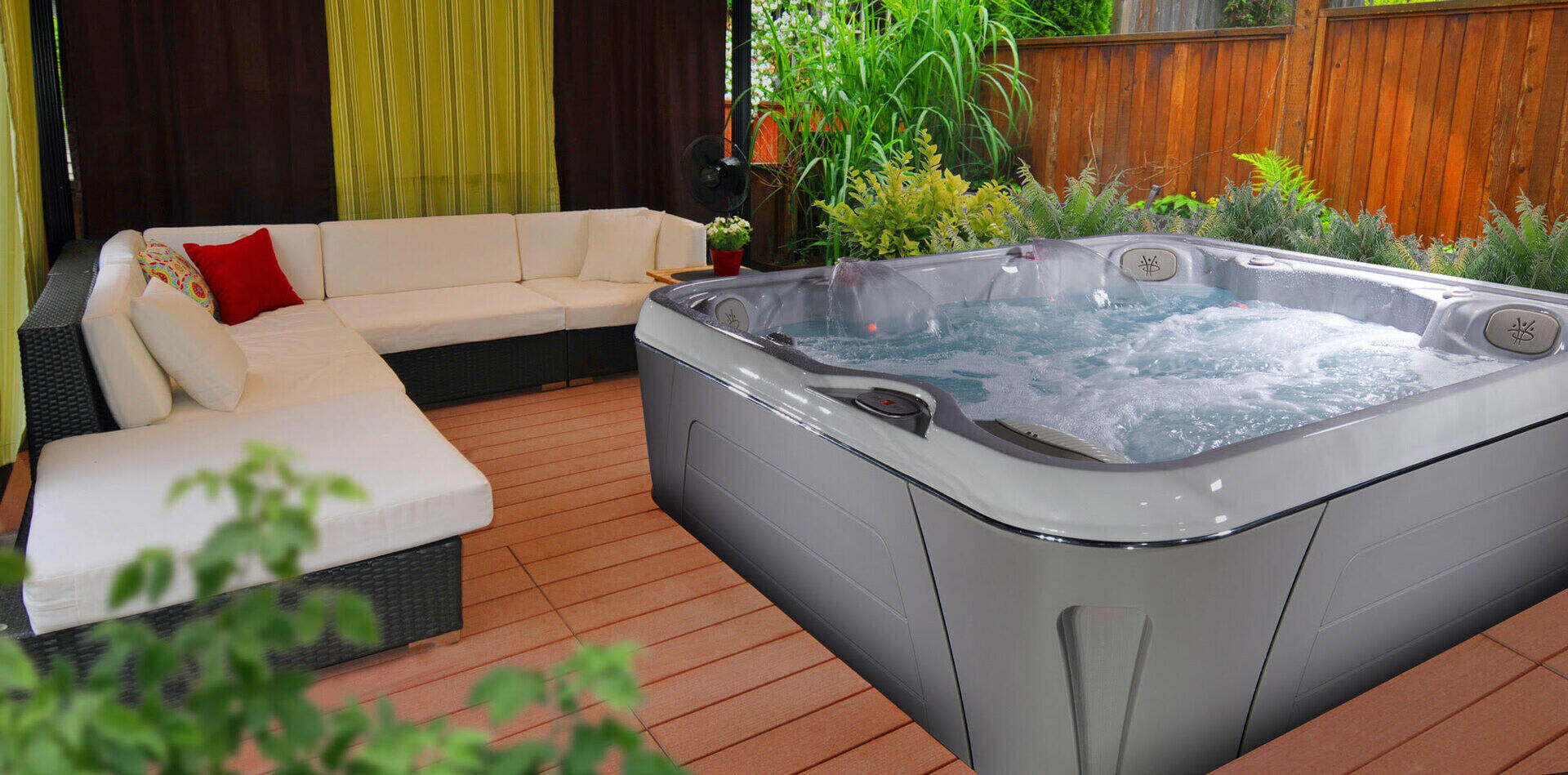
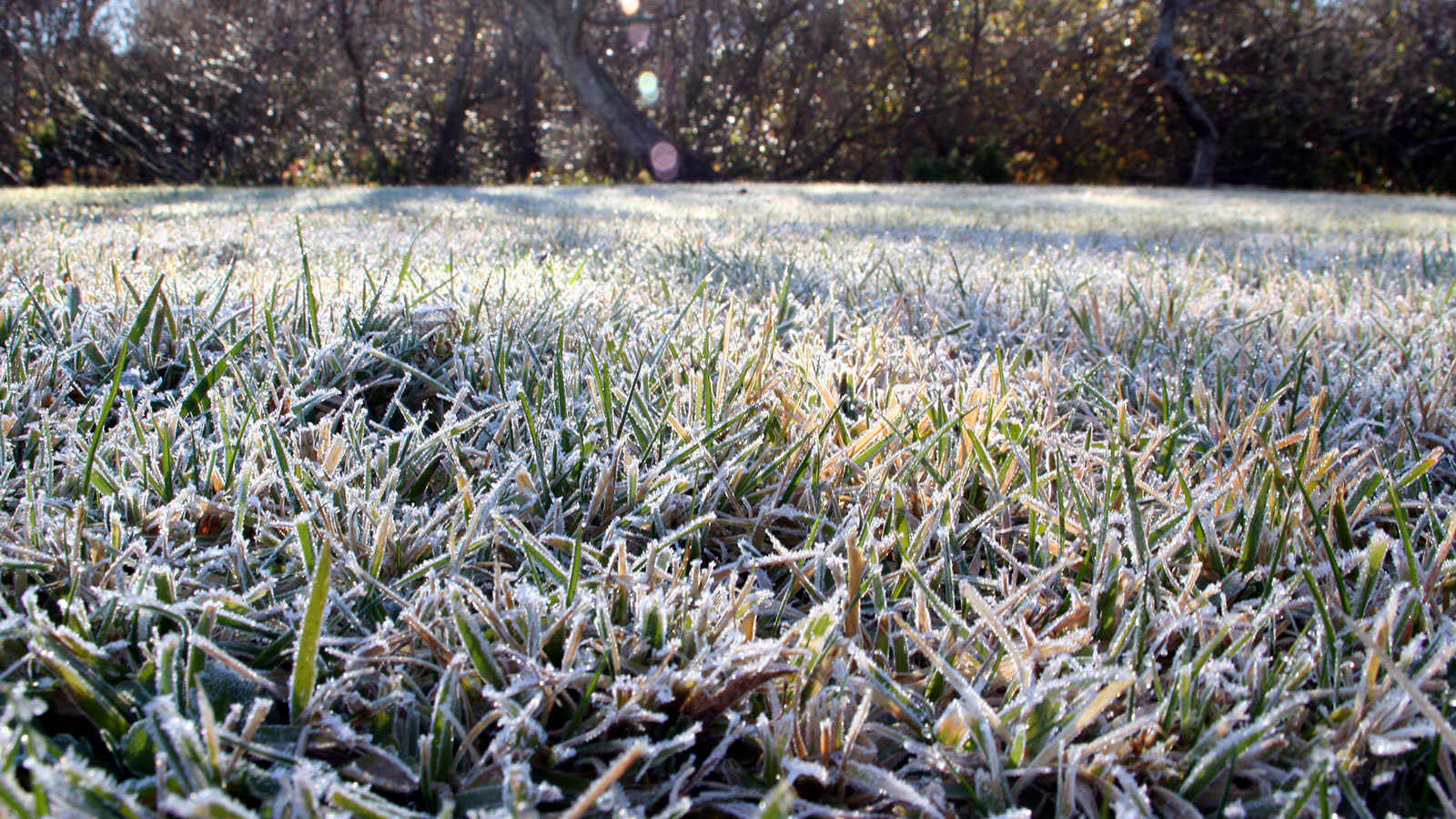

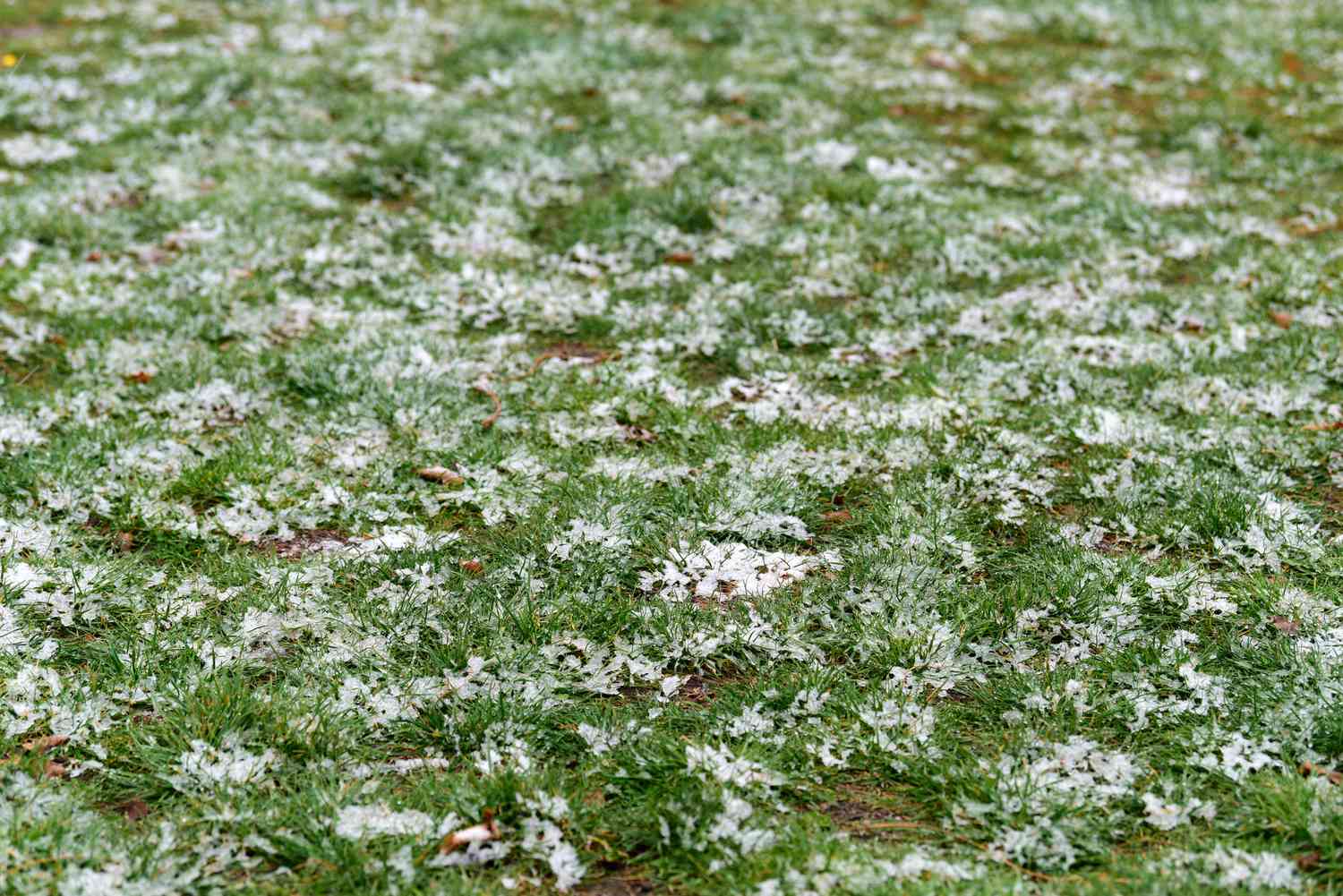
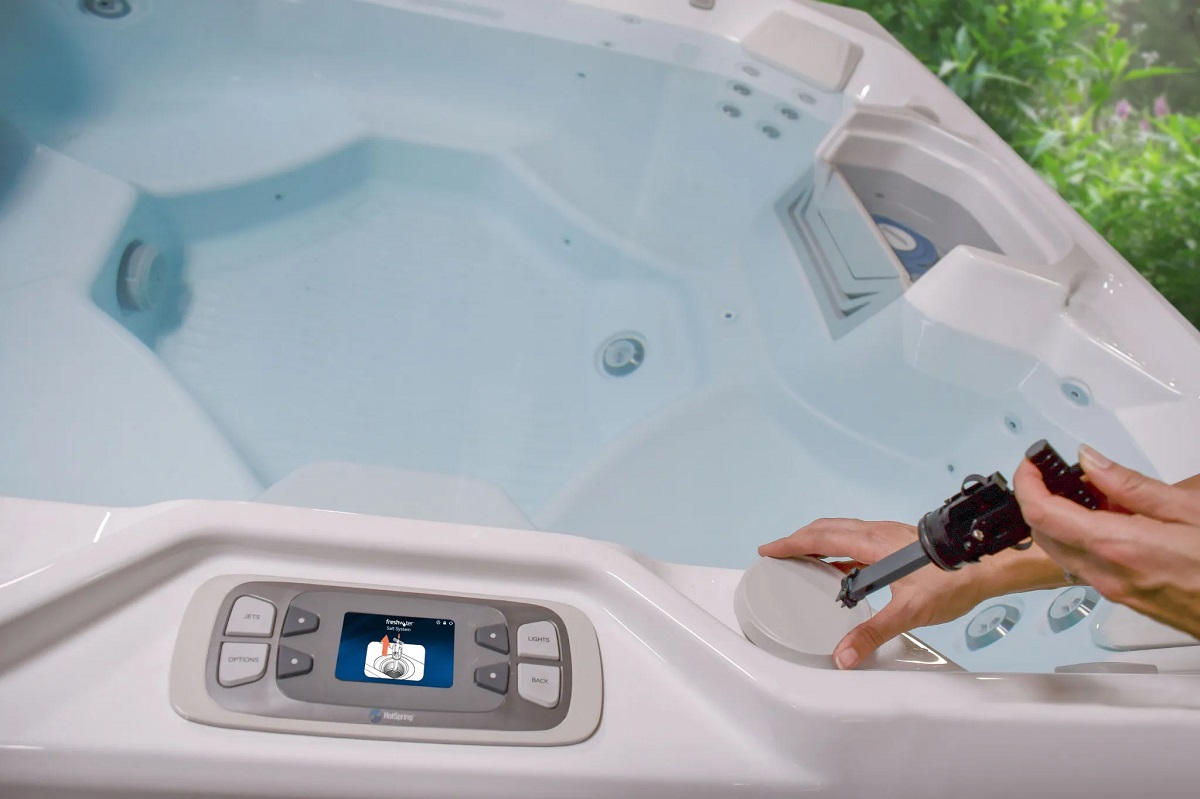
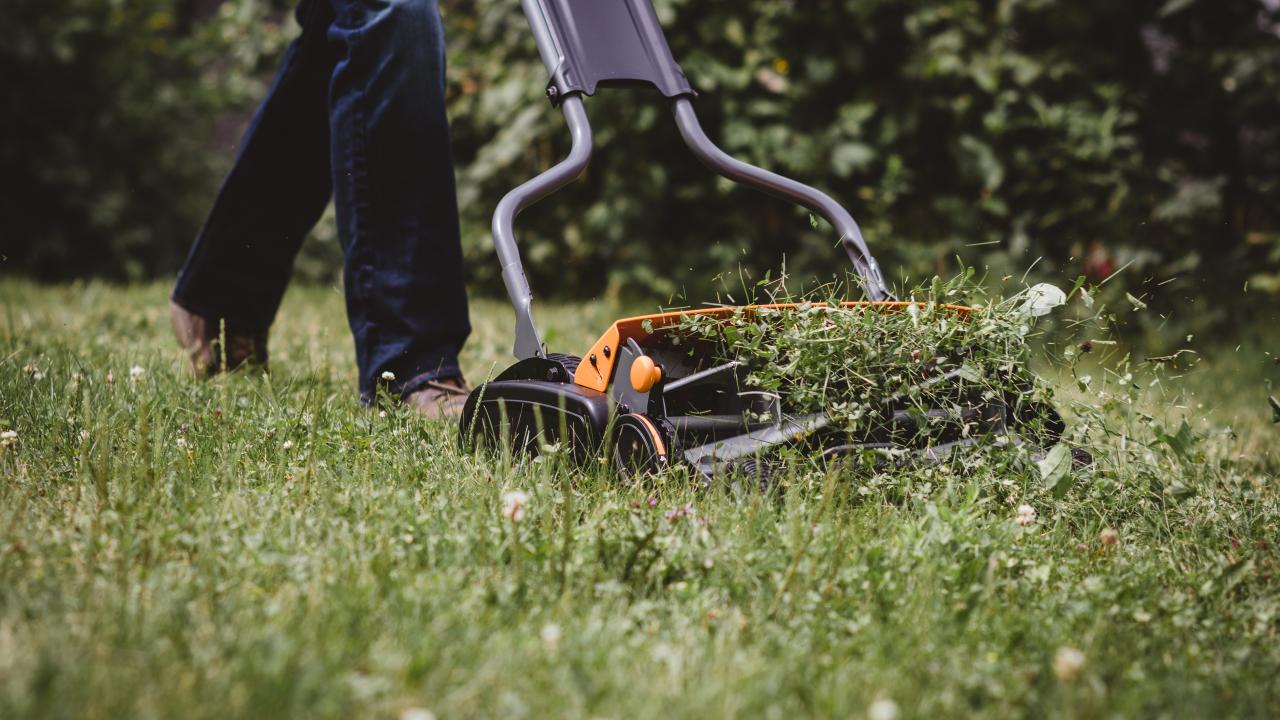
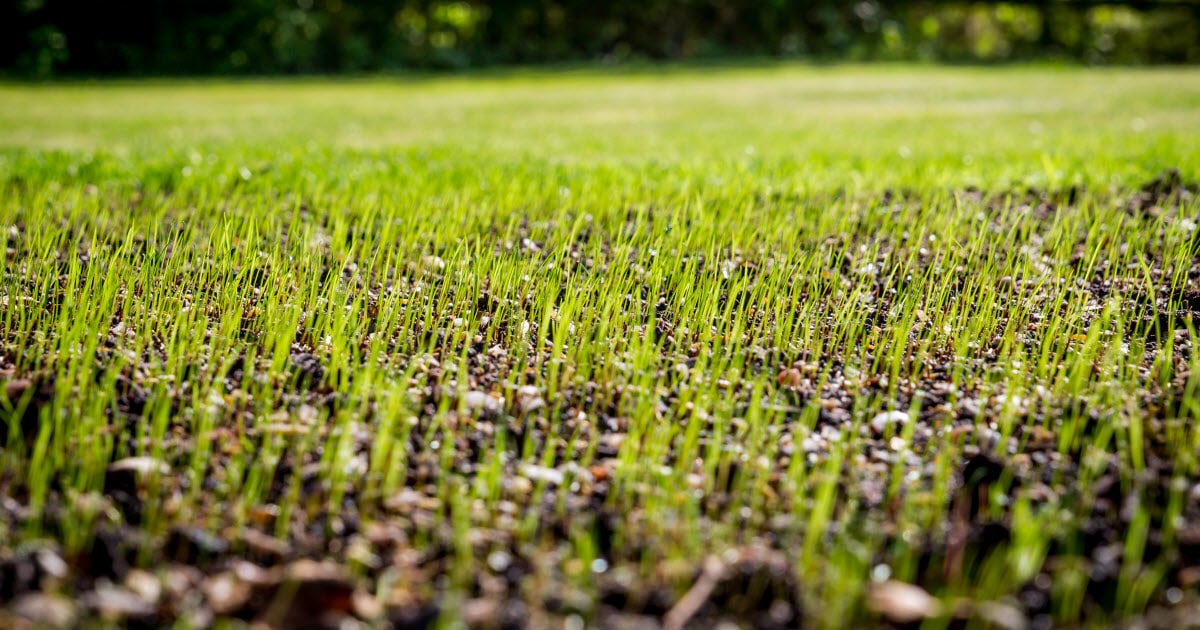
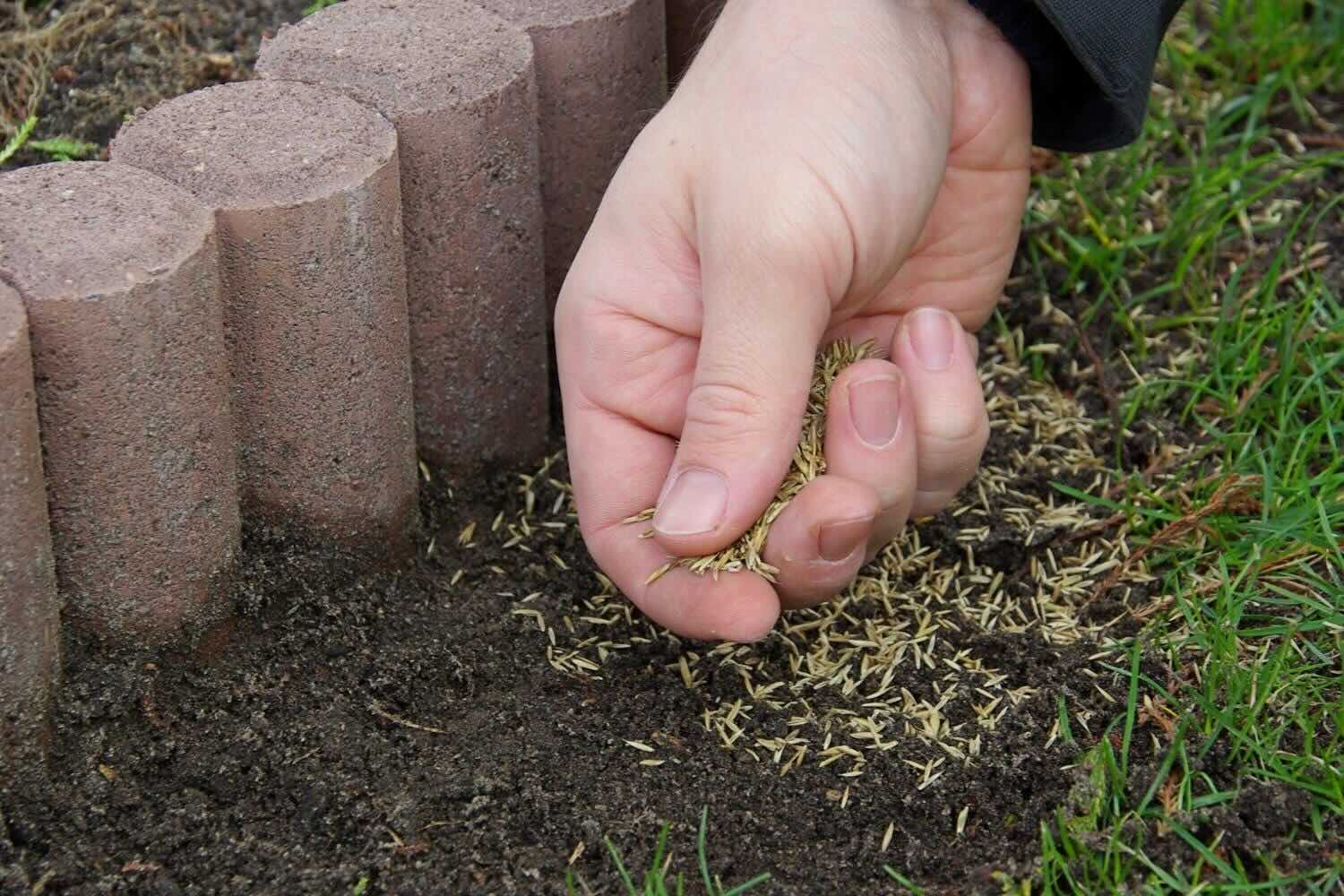
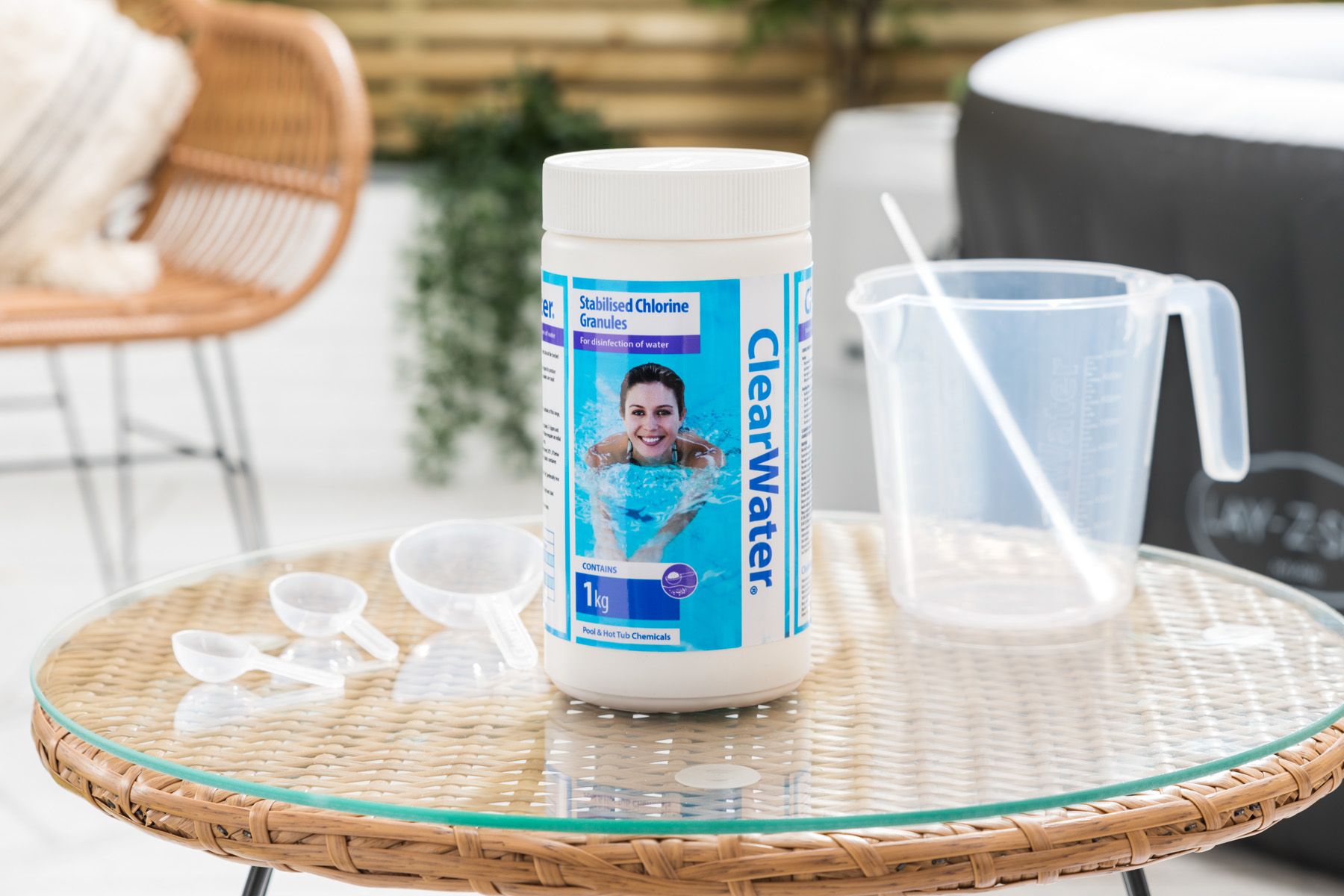
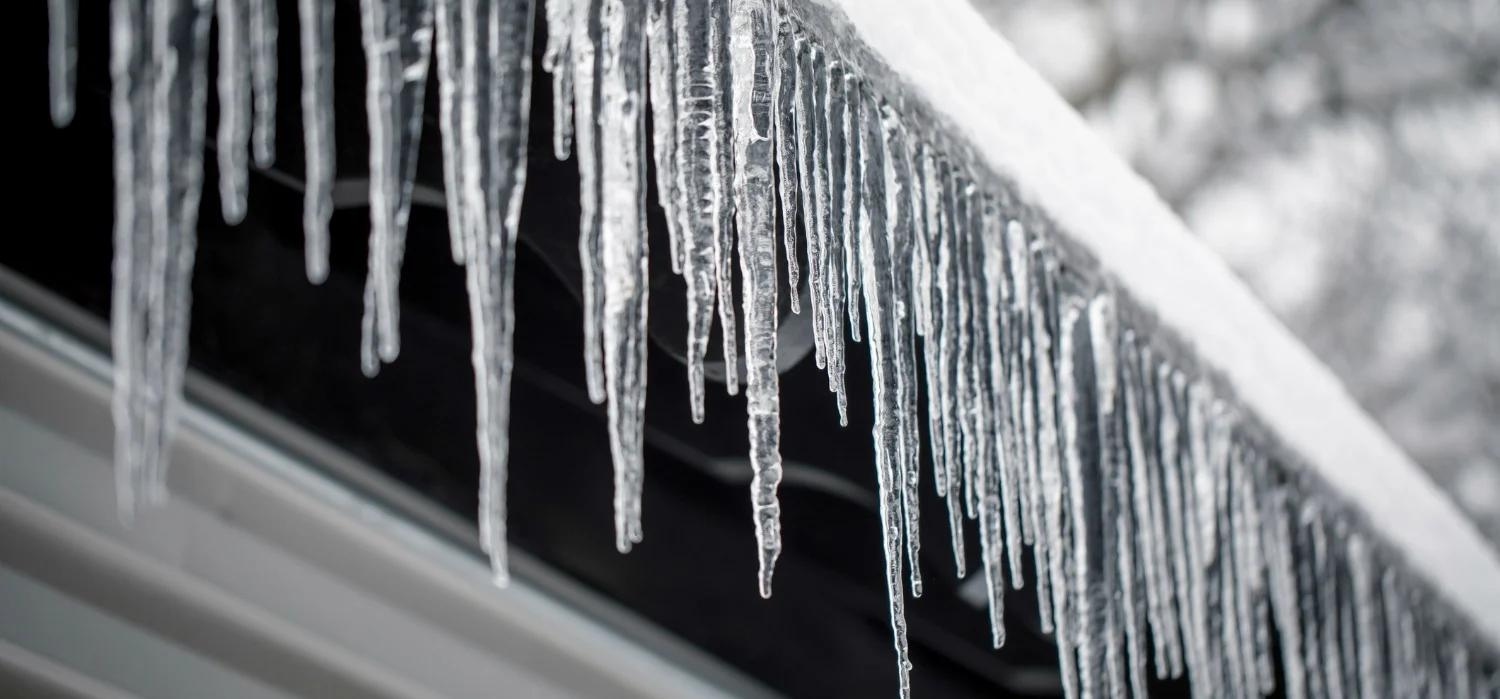
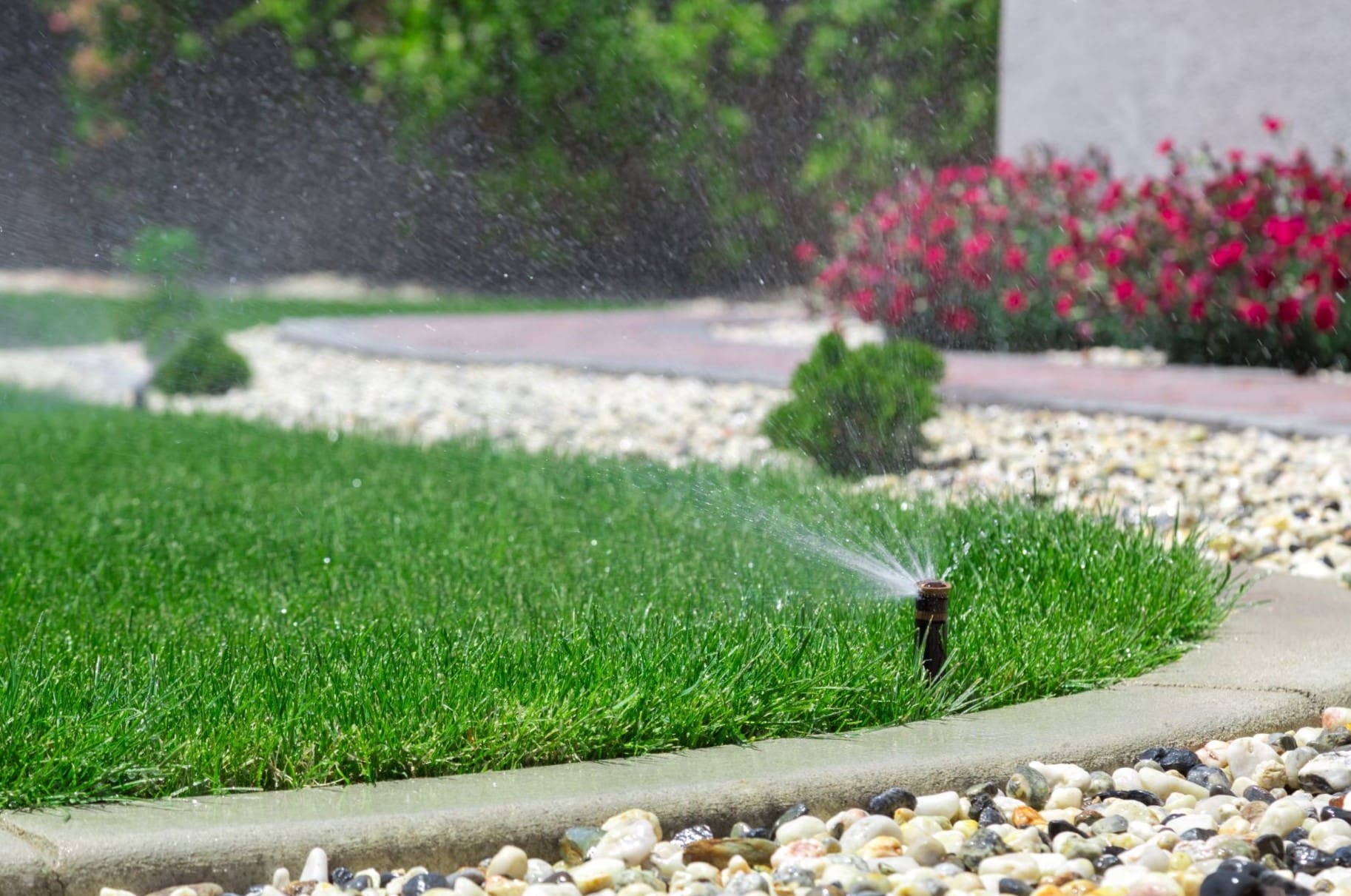
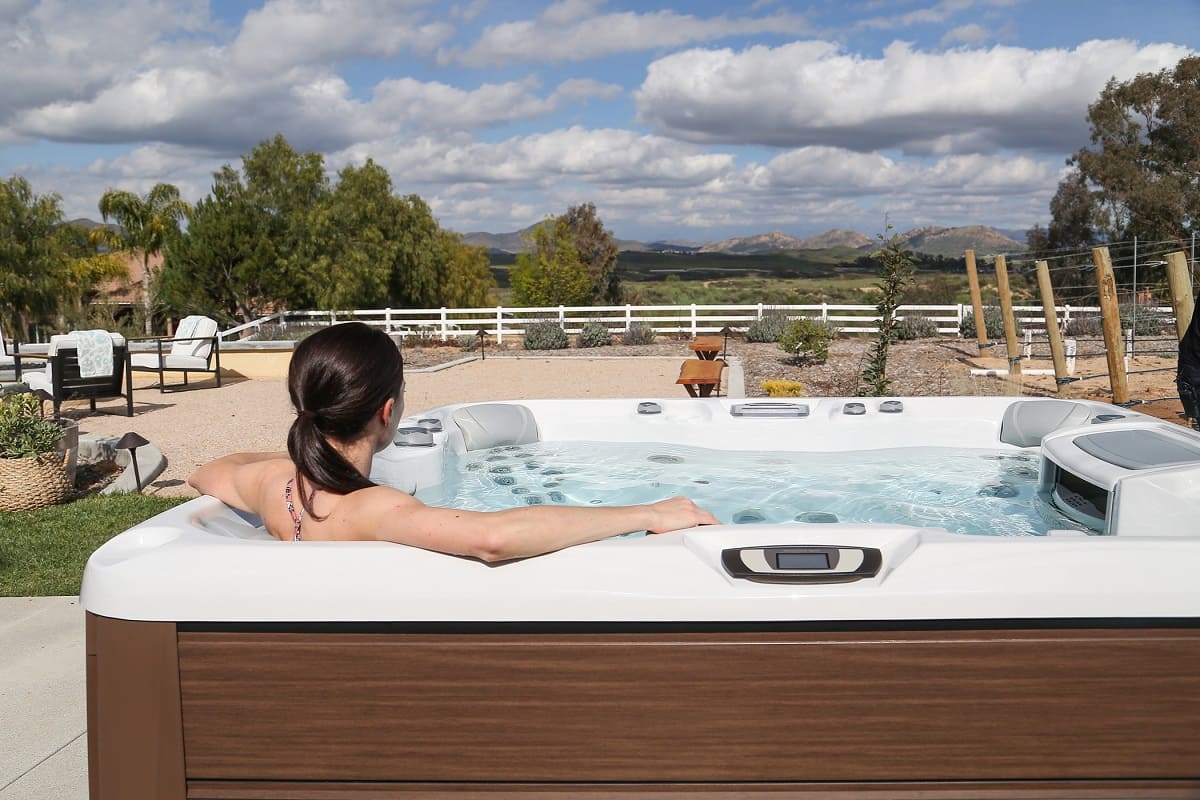
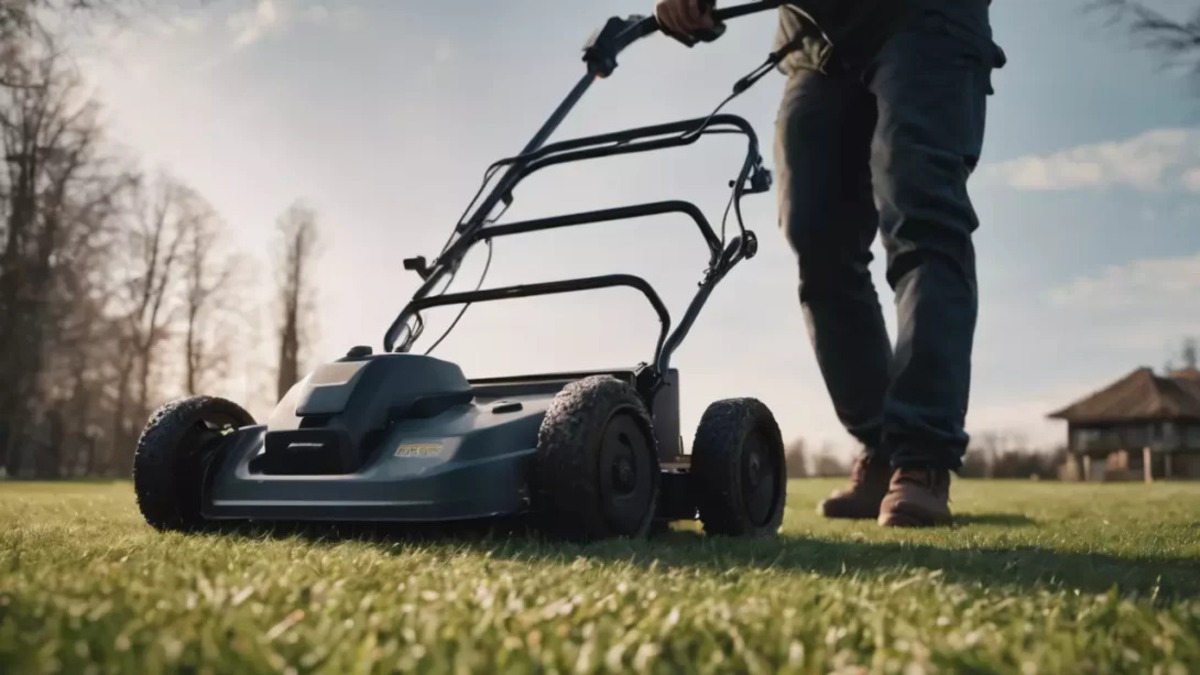
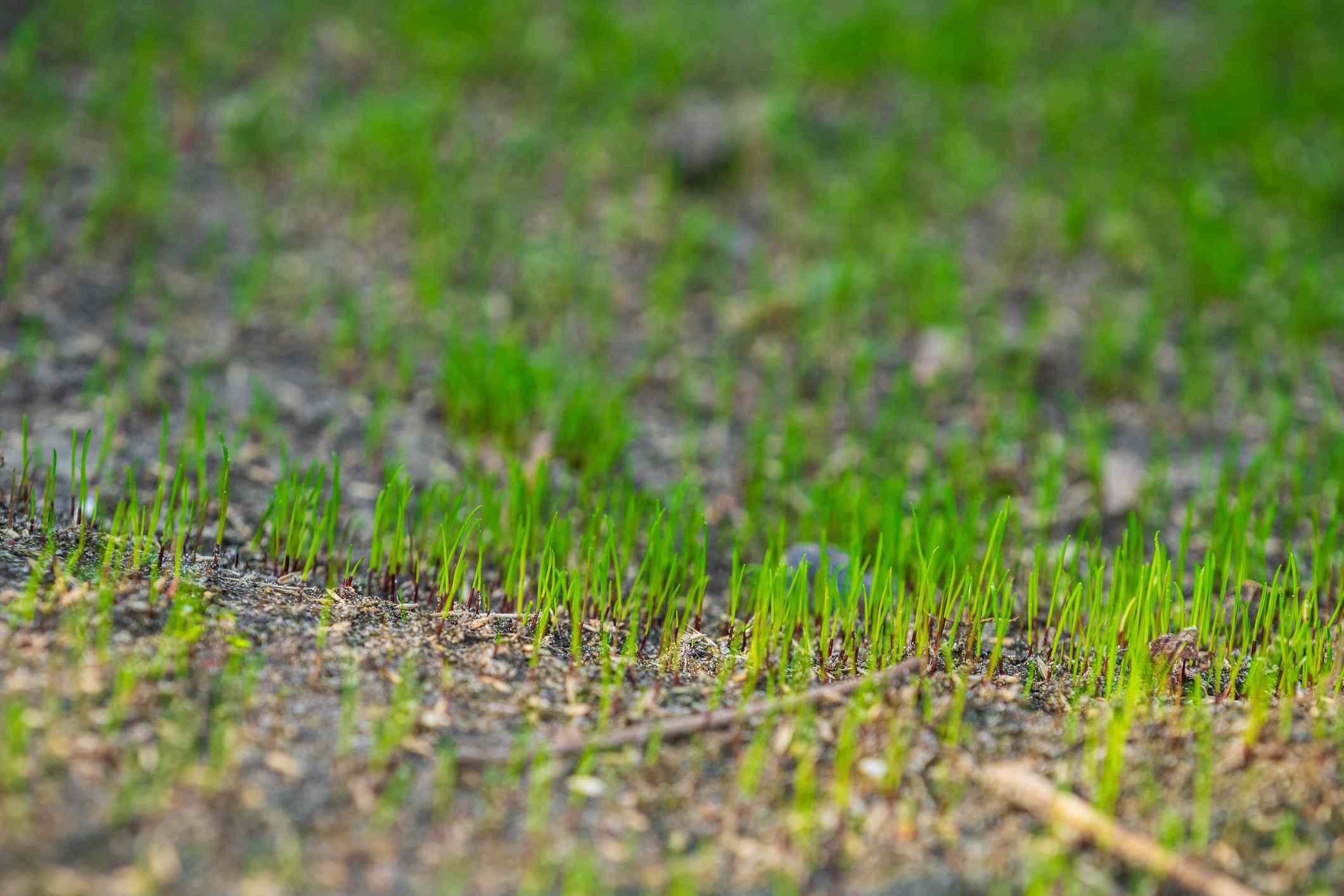

0 thoughts on “How Cold Is Too Cold For Hot Tub”